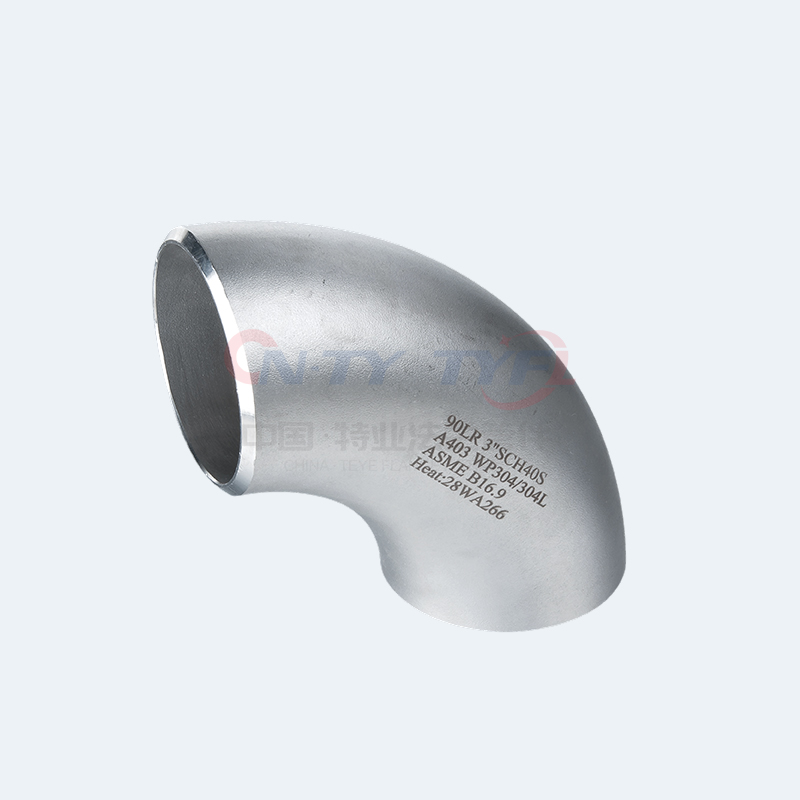Stainless steel elbows are mainly different in material from carbon steel elbows. Its chemical composition will ensure that the surface of the elbow does not rust or corrode for a long time. In the pipeline system. An elbow is a fitting that changes the direction of a pipeline. From this perspective, the most commonly used are 45 degrees, 90 degrees, and 180 degrees. According to engineering requirements, it also includes other uncommon irregular bends, such as a 60 degree bend.
The elbow is made of cast iron and stainless steel. Non ferrous metals, malleable cast iron, alloy steel. Made of carbon steel and plastic. Pipeline connection methods include: direct welding (the most common method), electric fusion connection, flange connection, threaded connection, hot melt connection, socket connection, etc. According to production process, they can be divided into stamped elbow, hot pressed elbow, forged elbow, cast elbow, push elbow, welded elbow, and clamp elbow. Other names include: 90 elbow, right angle elbow.

It can be converted into:
According to manufacturing standards, it is divided into national standards, water standards, electrical standards, American standards, German standards, ship standards, Japanese standards, and Russian standards.
2. According to the manufacturer's law. It can be divided into extrusion and stamping. Forging, casting, etc.
The 90 degree stainless steel elbow is mainly used as one of the connection joints for pipeline installation. Used to connect pipeline elbows. Connect two pipes with the same or different nominal diameters. Make a 90 degree turn in the pipeline.
The characteristics of stainless steel pipe fittings: strength and toughness indicators are the best among all steels. Its most prominent advantage is corrosion resistance. Stainless steel must be used in corrosive environments such as the chemical industry and papermaking. Of course, the cost is relatively high. Under normal circumstances, it can be installed anywhere in the pipeline. But it needs to be sealed to prevent flushing leakage and affect the normal operation of the pipeline. During installation, stainless steel elbows can be directly installed on the pipeline according to the connection method. It can also be installed according to the location of use.
When using ball valves, globe valves, and gate valves with stainless steel elbows. They can only be fully opened or closed and are not allowed for flow regulation to avoid sealing.
For stainless steel elbows that have been stored for a long time, regular inspections should be carried out. Stacking and outdoor storage are strictly prohibited. Always keep the stainless steel elbow dry and ventilated, and keep the retainer clean and tidy. And store according to accurate storage methods. Exposed machining surfaces should be kept clean, dust should be removed, and neatly stored indoors in a well ventilated and dry place.
The above is some knowledge about elbows. Elbows are classified according to their own materials and functions, and different elbows have good adaptability to different environments. Therefore, when choosing elbows, you can make purposeful choices based on the construction situation, which can effectively ensure the quality of the project.
